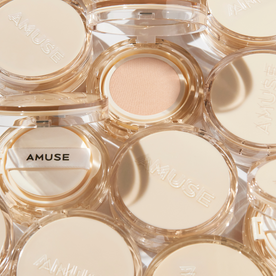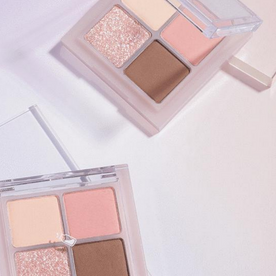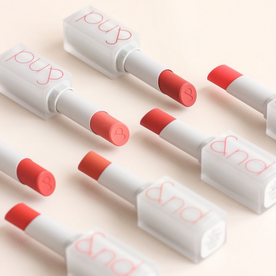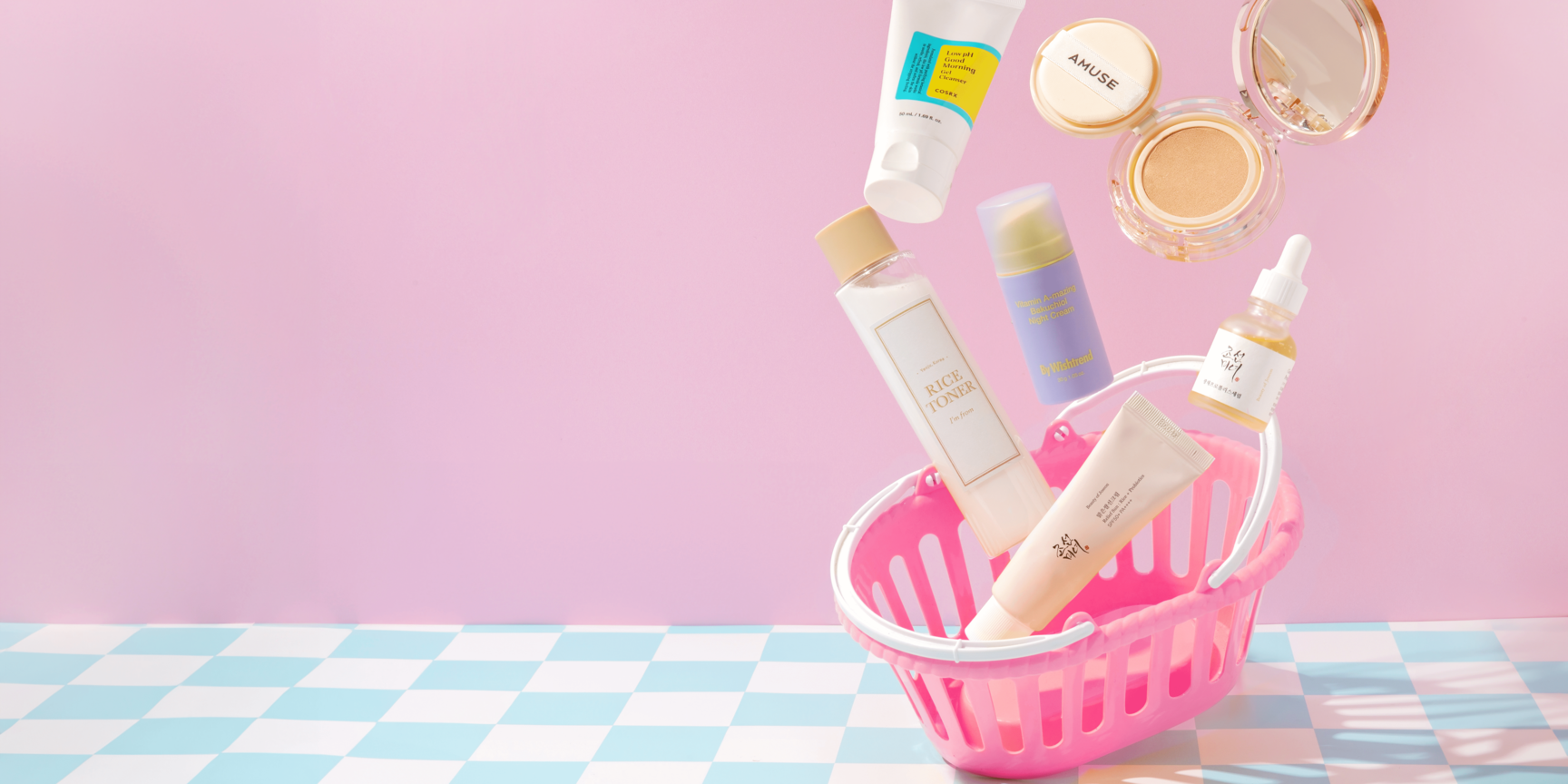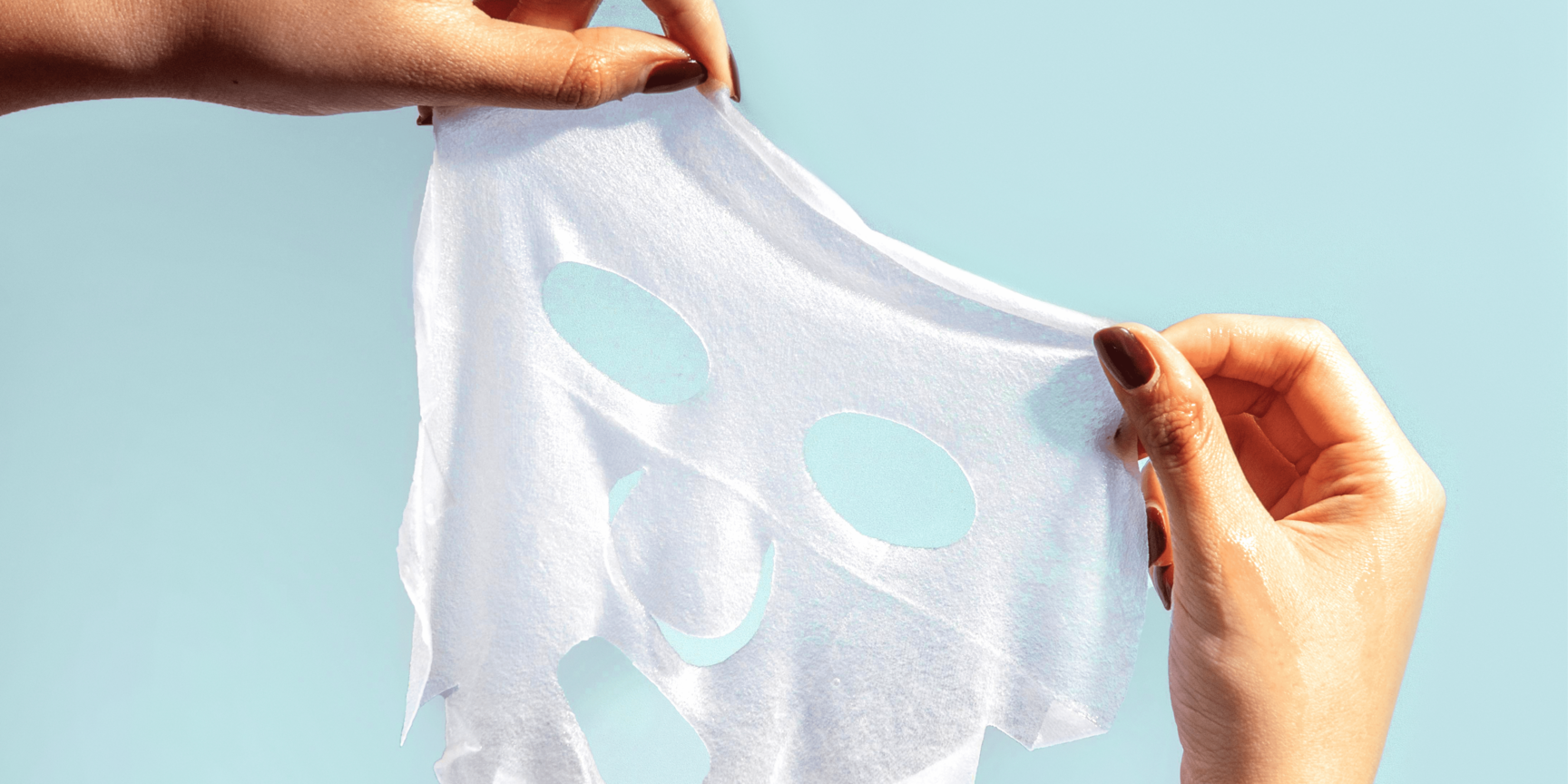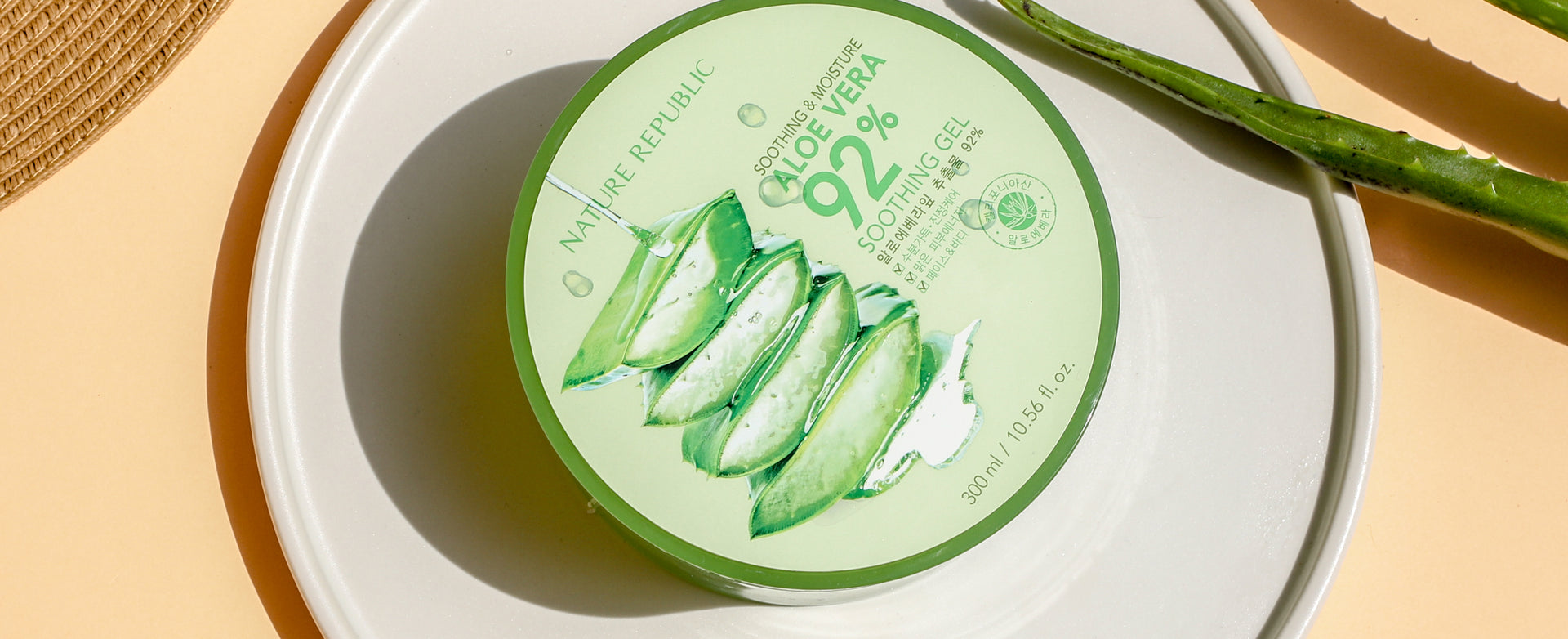WHAT TO DO IF YOU GET SUNBURNED
Summer is for beaches, outdoor patios, picnics… Oh yes, and sunburn. It happens to everyone. And even though you may slather on the SPF religiously in the morning, you might forget to reapply, or go for a dip in the pool, or just forget your sunscreen at home. Next thing you know, you’re red as a lobster and paying for your day in the sun.
Perhaps you take it all in stride and suffer through the pain, itching, and eventual peeling. However, there are some steps you can take (and products you can use) to minimize the irritation and help your skin to become healthy again.
What Is Sunburn?
As you know, sunburn is the skin’s response to overexposure to the sun’s harmful UV rays. The redness that comes with too much sun is an inflammatory reaction. But what is going on underneath the surface of your skin? Blood vessels dilate. Your skin loses moisture and hydration. And it starts trying to shed the damaged cells, which is why sunburns often result in peeling skin.
You don’t have to be fire-engine red to be burned either. Even slightly pink skin can be a mildly sunburned, and should be treated with care.
What About Tanning?
While a lot of people like the idea of “a healthy, bronze glow”, there isn’t all that much that is healthy about tanning. Tanning is the skin’s way of trying to limit damage from the sun. The skin cells thicken and product melanin, which darkens the colour of the skin (and also causes hyperpigmentation). You might assume that if you aren’t sunburned your skin is fine, but the truth is that tanning is your skin’s defensive reaction to sun damage.
The safest way to tan is to use a good quality self-tanner. You’ll get that bronze glow, without the underlying side effects.
Premature Aging
Maybe you’ve heard the phrase, “don’t worry, I don’t burn easily”. Unfortunately, not burning doesn’t equal zero sun damage. Some of the long term effects of the sun are the breakdown of collagen and elastin, which keep skin plump and smooth. Lots of sun exposure means the skin is less able to repair itself, even less so as we age. There’s even a name for it: photo-aging.
So while you might not burn, there’s still no excuse to not protect your skin against the sun.

I’m toasted. What Do I Do?
Right off the bat, let’s note that if you have swelling, intense blistering, any type of infection, or experience fever, faintness, dizziness, or nausea, you need to see a doctor. Those types of symptoms suggest deep burns or possible heat stroke, and are things that should be treated with a professional’s help.
Barring any of those things, you likely have a typical sunburn. One of the first things you want to do after realizing you have sunburn is to cool your skin off. Putting a cold, damp towel on your skin for 10-15 minutes throughout the day, or taking cool showers will help with the heat and pain. (Don’t ever put ice directly on the skin.)
Gently pat your skin dry, and apply a moisturizer to help replace some of the moisture you’ve lost. It’s important here to note you absolutely don’t want to use any type of petroleum-based cream, and may want to avoid anything very thick, like balms or butters. These trap heat. A light lotion or gel-type moisturizer are good choices.
As your skin heals, using toners, serums, and lotions with skin-repairing and soothing ingredients can help. At some point, your skin may start peeling. It can be tempting, but don’t peel off the flakey skin. You may end up peeling off the healthy skin as well, slowing the healing process.
If you got burned pretty badly, you may experience some mild blistering. Don’t pop blisters - this can cause infections. Cover them with bandages to protect them. If they pop themselves, apply an anti-bacterial ointment, and cover with bandages again until the skin heals.
You’ll also want to avoid any type of exfoliating products, physical or chemical. Needless to say, the last thing your healing skin needs is any more scrubbing or peeling.

What Skincare Products Can I Use To Help?
Let’s look at some of the skincare ingredients we can use to soothe and repair skin after getting sunburned, and fight some of the other effects of sun exposure.
Aloe
Aloe is probably the first thing that comes to mind when you think of soothing a sunburn. There are lots of good aloe gels out there which have a cooling effect, decrease inflammation, and reduce itchiness. Make sure you check the purity of the product - some aloe gels can contain a lot of alcohol, so read your labels carefully.
Hyaluronic Acid
There’s a good chance you already have some of this in one or more of your skincare lineup - it’s incredibly popular. You want to replace that lost moisture after a lot of sun exposure, and hyaluronic acid is a champion at retaining water. Proper moisture levels in your skin will help support the repair process.
Honey
Honey has long been used to heal wounds, and has nourishing and antibacterial properties that protect and help repair skin.
Snail Mucin
Yes, the slime from these little critters provide many benefits to sunburned skin. Snail mucin is known for its repairing properties, and is good for fading hyperpigmentation as well. Talk about value!
Guaiazulene
This is a less common ingredient that can be found in some soothing/calming creams. It’s actually often used in Japanese burn ointments, making it ideal for sunburns.

Protect Yourself!
The very best way to avoid having to treat sunburn is to not get burned in the first place. Sunscreen is a must, every single day. Make sure you wear a sunscreen with an adequate SPF and PA rating, so you’re protected against both UVA and UVB rays. Apply sunscreen to all exposed skin, including your hairline, ears, the backs of your knees, etc. Make sure you put on enough (too much is better than not enough). Reapply every 2 hours, or after swimming/sweating, and check the expiry date of your sunscreen every so often.
Don’t waste days of your summer recovering from sunburn. With a little bit of care, you can enjoy the warmth and sun without uncomfortable effects!









































